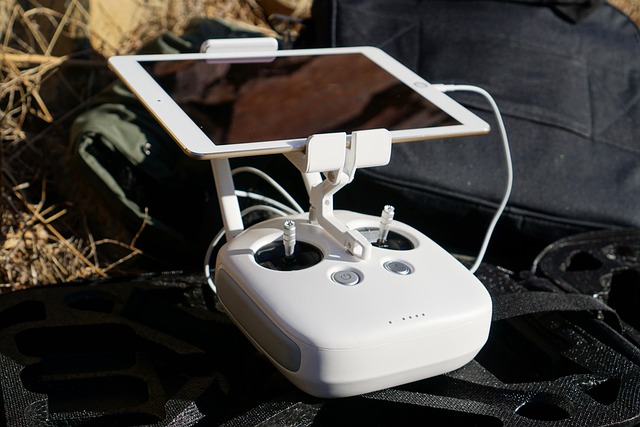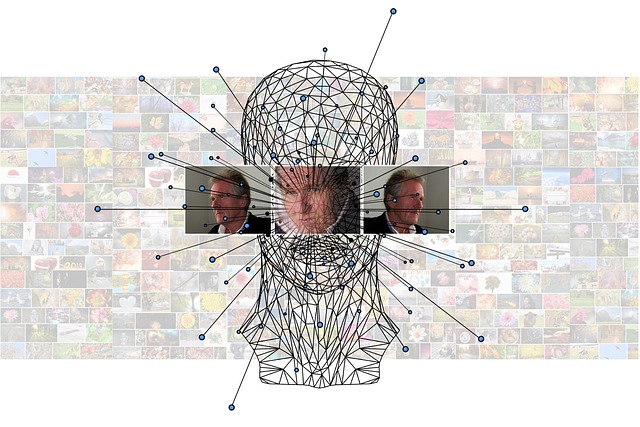In the rapidly evolving world of robotics and artificial intelligence, one mathematical principle stands out as a cornerstone for innovation: convex optimization. This powerful technique has revolutionized how businesses automate their operations, enabling smarter decision-making and more efficient resource management.
At its core, convex optimization focuses on minimizing or maximizing a convex function over a convex set. This might sound technical, but its implications are profound—especially when applied in fields like robotics. For instance, consider a manufacturing plant where robotic systems are tasked with assembling products. By applying convex optimization techniques, these systems can determine the best paths to take, thus minimizing energy consumption and maximizing output efficiency. It’s not just about getting the job done; it’s about getting it done better.
In the realm of artificial intelligence, convex optimization plays a pivotal role in training machine learning models. By optimizing the parameters of algorithms, businesses can enhance their predictive accuracy, leading to better customer insights and refined services. Think of a recommendation system that learns from user interactions. Through the lens of convex optimization, it can find patterns in data quickly and adapt in real time, transforming the way companies understand and engage with their customers.
Moreover, automation in business operations often hinges on the ability to process enormous datasets efficiently. Here, convex optimization is indispensable. It allows businesses to streamline complex tasks—from supply chain management to predictive maintenance—by providing a framework to tackle problems that may seem insurmountable due to their size or complexity. By leveraging this mathematical approach, organizations can ensure their automated systems are not only functional but also optimized for peak performance.
The synergy between robotics, artificial intelligence, and convex optimization illustrates a future where business automation is smart, adaptive, and efficient. As we witness a continuous push towards automation, embracing these advanced mathematical techniques will be key for companies looking to thrive. In a world where time is money, the ability to optimize every facet of a business operation can significantly enhance productivity and profitability.
In the coming years, we can expect the influence of convex optimization to expand even further. From autonomous vehicles navigating traffic to AI engines predicting market trends, the potential applications are limitless. This methodology not only empowers machines but also allows businesses to rethink their workflows and approaches to solving fundamental challenges. As organizations embrace this powerful mathematical tool, they unlock a new realm of possibilities, transforming the future landscape of business and technology.




